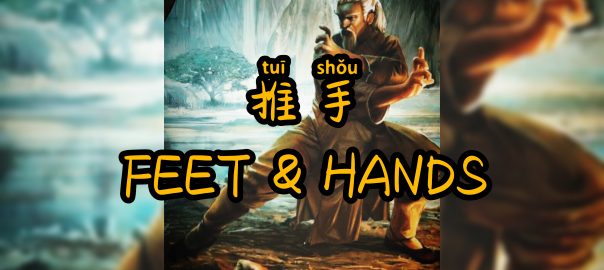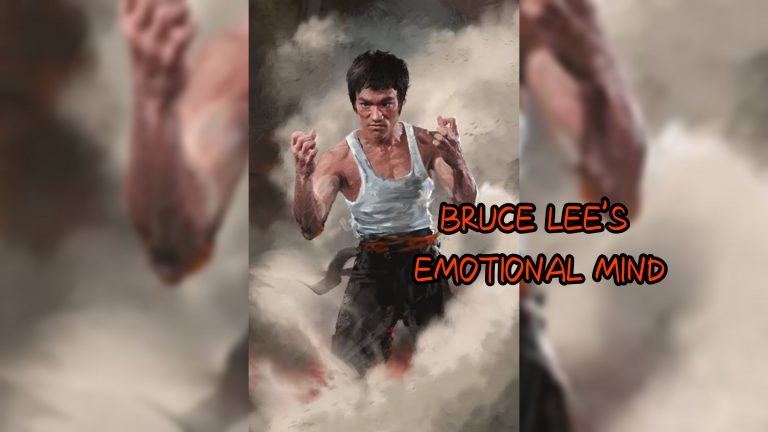tuī shǒu 推手 | FEET & HANDS
tuī shǒu 推手 is usually translated to mean “push hands” however, the tuī character can also be defined to mean to step forward and this refers to the feet. The shǒu character refers to the hands, and thus with both characters we can say tuī shǒu 推手 can also mean feet hands. Why is this the definition?
A general theory in traditional Chinese martial arts classics, is that the motion starts at the feet and ends out of the hands. So as per the above, “feet hands” creates a better image of what should happen when practising tuī shǒu 推手. Because the underlying principle is not about pushing your opponent. So, the feet or lower body controls the upper body.
The underlying principle in Tai Chi Chuan, to use it as a martial art, is “sinking” and this means letting go of tension and avoiding the overuse of the muscles. The muscles are relaxed by relaxing the joints (ligaments), including the sinews, cartilage, and tendons.
From when we are born as we grow up, we naturally rely on using the muscles and with time, our joints get stiff. This is in the sense that we lose mobility and flexibility. Children and babies generally are more flexible and carry a certain “softness”-their joints are not tight.
On a mental level, the mind seeks stillness, where our emotions and thoughts are also calmed. We not swayed by our fears or any other factors. The mind tries to connect with the ground or the earth. Because we accustomed to using our muscles, when we try to let go of tension or “invest in loss”-as my teacher would say, we strangely feel tenser in the beginning. During this process, our legs would be sore as we are ‘opening up the sinews”. Whether you are during tuī shǒu 推手 or the solo form, one must sink.
Once there is no resistance or tension, one can then achieve ting jin (listening force). Now, ting jin has nothing to do with intuition and instead it is being able to detect your opponent’s intent, the same way you can listen to a bark and know it is a dog. By using the term, “listening force”, one is “listening” or feeling with the body. This is hard to do when one is tense or resistant to force.
tuī shǒu 推手is like the form is practised at a constant or slow pace to acquire this skill, “ting jin” which then leads one to understand “dong jin”. By understanding, you feel the intent and understand it. However, the understanding and listening starts with yourself, if you are adhering to the principles, physically and mentally. And then also if you are yielding to your opponents’ movements. In tuī shǒu 推手, you move when your opponent’s move, if you do not then you lack ting jin and thus sensitivity.
Once you are “empty” and connected to the ground you may then begin using the other two skills, Hua Jing (neutralizing force) and Fa Jing (issuing or attacking).
The post was written by Narcisse Sadi, a qualified 1st Duan Instructor in Yang Style Tai Chi Chuan (Cheng Man Ching lineage) and Health Qi Gong. He is a Tudi (officially recognised student) of Dr Jeff Lan (residing in Cape Town) who runs the Kim Loong Kwoon-https://www.kimloong.co.za/





Comments
Leave a Comment